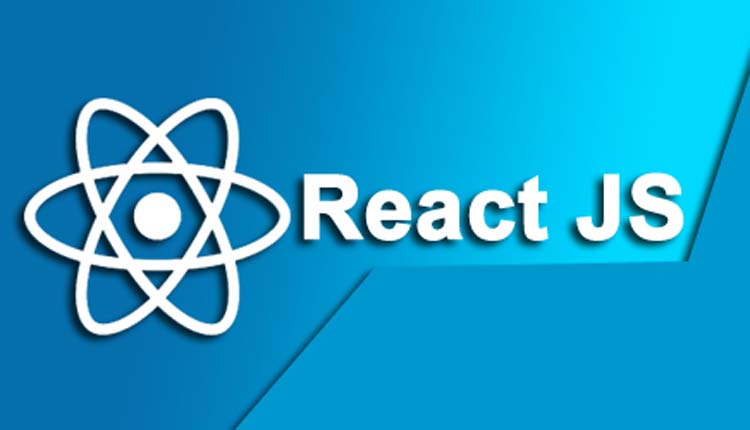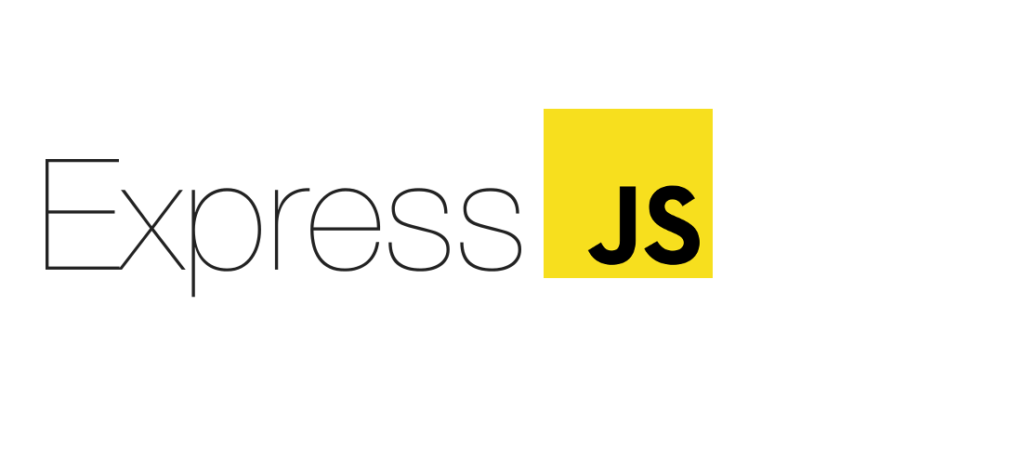Popular Frameworks for JavaScript in 2023
Popular Frameworks for JavaScript in 2023
The 2021 Developer survey was done by Stack Overflow in May 2021 to discover about the technologies that developers are utilizing, how they are learning them, and their opinions. Over 80,000 developers took part in the poll, with 69.7% of them working as developers.
The most popular programming language in the poll is JavaScript. The findings on JavaScript and its frameworks are highlighted in this article. Hopefully, it will provide insight into what technology to look out for in 2023.
According to a Stack Overflow developer study, JavaScript remains the most popular programming language, with over 68 percent of respondents reporting that they use it frequently for development. JavaScript, along with HTML and CSS, is one of the most widely used online technologies.
Other development environments that incorporate JavaScript include Node.js for backend development, Apache CouchDB, and Adobe Acrobat. The use of JavaScript has expanded to include mobile, game, and desktop development. Its growing popularity can be ascribed to the fact that it is simple to learn, implement, and has a large developer community behind it.
What is JavaScript
A JavaScript framework is a pre-written code library or set of tools and guidelines that provides a structured and organized approach to building web applications using JavaScript programming language.
Frameworks are designed to make it easier and faster for developers to create interactive and dynamic web applications by providing a common structure and a set of reusable components that can be easily integrated into applications.
Some popular JavaScript frameworks include React, Angular, Vue, and Ember. These frameworks are widely used for building single-page applications, mobile applications, and enterprise-level applications.
What does JavaScript do?
JavaScript is a programming language used to create interactive and dynamic websites. It runs on the client-side, meaning it is executed by the user’s web browser rather than on the server, and can be used to manipulate HTML and CSS to create interactive web pages.
JavaScript can perform a wide variety of tasks, including:
- Adding interactivity to web pages: JavaScript can be used to create interactive forms, buttons, and other user interface elements that respond to user input.
- Validating user input: JavaScript can be used to validate user input in web forms, ensuring that the data entered by the user is in the correct format and meets any required criteria.
- Creating animations and visual effects: JavaScript can be used to create animations, transitions, and other visual effects on web pages.
- Building web applications: JavaScript can be used to build complex web applications, including single-page applications and real-time applications.
- Accessing and manipulating web page content: JavaScript can be used to access and manipulate HTML and CSS on a web page, allowing developers to modify the appearance and behavior of web pages dynamically.
Overall, JavaScript is a versatile and powerful language that is essential for creating modern, dynamic, and interactive web applications.
The number of JavaScript frameworks continues to expand in the JavaScript ecosystem. Frameworks are a collection of ready-to-use JavaScript code that make development easier. Consider the elements of your project, the framework’s strengths, and the framework’s learning process while selecting a framework.
1. React JS
ReactJS is a popular open-source JavaScript library used for building user interfaces (UIs) in web applications. It was developed by Facebook and is now maintained by Facebook and a community of developers.
ReactJS allows developers to create reusable UI components that can be used across multiple web pages or applications, making it easy to develop and maintain complex UIs. ReactJS uses a component-based architecture that enables developers to build applications by breaking them down into small, reusable parts.
ReactJS is based on the concept of a virtual DOM (Document Object Model), which is an in-memory representation of the actual DOM. When a change is made to the virtual DOM, ReactJS automatically updates the actual DOM, reducing the need for manual updates and making the application more efficient.
ReactJS also supports server-side rendering, which means that developers can render React components on the server and send them to the client as HTML, improving the performance and accessibility of web applications.
Overall, ReactJS is a powerful tool for building complex UIs in web applications, and its popularity has led to the development of a large ecosystem of tools and libraries that extend its functionality.

2. jQuery
jQuery is a fast, small, and cross-platform JavaScript library that simplifies HTML document traversal, event handling, and animation for web developers. It was released in 2006 and has become one of the most popular JavaScript libraries on the web.
The main purpose of jQuery is to make it easier to work with the Document Object Model (DOM), which is the structure of an HTML document. It provides a simple, consistent API for working with the DOM, as well as a variety of other features that simplify web development, such as:
- Event handling: jQuery makes it easy to handle events such as mouse clicks, mouseover, and form submissions.
- AJAX support: jQuery provides a simplified interface for making AJAX requests, allowing web applications to load data dynamically without requiring a page refresh.
- Animation: jQuery provides a simple and powerful API for creating animations and transitions in web applications.
- DOM manipulation: jQuery provides a variety of methods for manipulating the DOM, making it easy to add, remove, and modify elements on a web page.
Overall, jQuery is a versatile and powerful tool that simplifies web development and has been widely adopted by web developers around the world. However, with the introduction of modern web standards and newer JavaScript libraries and frameworks, jQuery’s popularity has declined in recent years.

3. Angular
Angular is a popular open-source framework for building web applications, maintained by Google. It was initially released in 2010, and the latest version is Angular 13, released in 2021.
Angular is built on TypeScript, a superset of JavaScript that provides a static type-checking system and other features that make it easier to develop complex applications. Angular uses a component-based architecture, similar to ReactJS, which allows developers to break down applications into small, reusable parts.
Angular provides a variety of features and tools to simplify web development, including:
- Templates: Angular’s templates allow developers to declare the structure of an application’s user interface, making it easy to create dynamic and interactive web pages.
- Dependency injection: Angular’s dependency injection system makes it easy to manage dependencies between different components of an application.
- Routing: Angular’s router provides a powerful system for managing navigation between different views or pages of an application.
- Forms: Angular provides a powerful and flexible system for building forms and handling user input.
- Testing: Angular provides a suite of tools for testing web applications, including unit testing and end-to-end testing.
Overall, Angular is a powerful and flexible framework that is well-suited for building complex, data-driven web applications. It has a large and active community of developers and a variety of resources available for learning and development.

4. Express
Express is a popular open-source web application framework for Node.js, a server-side JavaScript platform. It was developed to simplify the process of building web applications and APIs in Node.js.
Express provides a variety of features and tools that simplify web development in Node.js, including:
- Routing: Express provides a simple and powerful system for defining routes and handling HTTP requests.
- Middleware: Express allows developers to define middleware functions that can modify incoming requests or outgoing responses, making it easy to add custom functionality to an application.
- Templating: Express provides support for a variety of templating engines, such as EJS and Pug, making it easy to create dynamic HTML pages.
- Error handling: Express provides a robust error-handling system that can catch and handle errors in a centralized location.
- Integration with databases: Express can be easily integrated with popular databases such as MongoDB and MySQL using middleware libraries like Mongoose and Sequelize.
Overall, Express is a lightweight and flexible framework that is well-suited for building web applications and APIs in Node.js. It has a large and active community of developers and a variety of resources available for learning and development.

5. Vue.js
Vue.js is an open-source JavaScript framework used for building user interfaces and single-page applications (SPAs). It was developed by Evan You and released in 2014.
Vue.js is a progressive framework, meaning it can be used for small, simple applications or for larger, more complex applications. It is designed to be easy to use and understand, making it accessible to developers of all skill levels.
Vue.js uses a component-based architecture, similar to ReactJS and Angular, which allows developers to create reusable UI components. It also provides a reactive data binding system, which makes it easy to update the user interface based on changes in the application’s data.
Some of the key features of Vue.js include:
- Template system: Vue.js provides a simple and flexible template system that allows developers to declare the structure of the user interface.
- Two-way data binding: Vue.js provides a powerful two-way data binding system that makes it easy to keep the user interface in sync with the application’s data.
- Directives: Vue.js provides a variety of directives that can be used to add custom behavior to HTML elements.
- Vuex: Vuex is a state management library for Vue.js applications, which provides a centralized store for managing application data.
- Vue CLI: Vue CLI is a command-line interface tool for scaffolding and managing Vue.js projects.
Overall, Vue.js is a powerful and flexible framework that is well-suited for building user interfaces and single-page applications. It has a large and active community of developers and a variety of resources available for learning and development.
















[…] are many types of projects that can be built using Java, from small desktop applications to large-scale enterprise systems. Here are some examples of Java […]